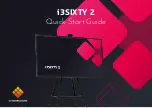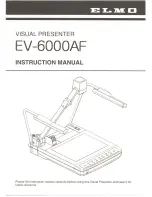
380
Remote Flash Photography
5
f
: Group the remote flash units.
Choose a group (A, B, or C) for each remote flash unit.
Although there is no limit on the number of remote flash
units that may be used, the practical maximum is three per
group. With more than this number, the light emitted by the
remote flash units will interfere with performance.
6
C
/
f
: Compose the shot.
Compose the shot and arrange the flash units. See the
documentation provided with the flash units for more
information. After arranging the units, press the test buttons
on the flash units to test-fire the flash and confirm that the
units are functioning normally. Flash units can also be test-
fired by pressing the
i
button in the flash info display (
and selecting
c
Test flash
.
7
C
/
f
: Take the photograph.
Take the photograph after confirming that the flash-ready
lights for all flash units are lit.
D
Optical AWL
Position the sensor windows on the remote flash units to pick up the
light from the master flash (particular care is required if the camera is
not mounted on a tripod). Be sure that direct light or strong reflections
from the remote flash units do not enter the camera lens (in TTL mode)
or the photocells on the remote flash units (
q
A
mode), as this may
interfere with exposure. To prevent low-intensity timing flashes
emitted by the master flash from appearing in photographs taken at
short range, choose low ISO sensitivities or small apertures (high f-
numbers). After positioning the remote flash units, take a test shot and
view the results in the camera display.
Summary of Contents for Z 6
Page 495: ......
















































